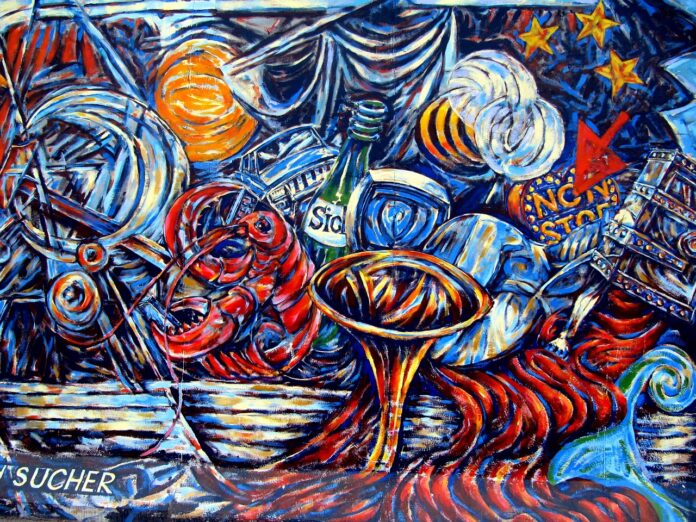Waking up and not being able to go to work or grandparents. It sounds like something out of a bad dream, but for millions of Berlin residents this was a reality in 1961. That’s when the Berlin Wall rose between East and West Germany, built by the Soviet Union in an attempt to stop the exodus to the West. Part of that wall now stands in Best, at war museum Bevrijdende Vleugels.
“A Dutch company that helped demolish the Berlin Wall at the time managed to preserve some of the panels. They were looking for a more permanent destination for the panels than an industrial site. They asked if we could do something with them,” explains collection manager Fred van der Meer of Bevrijdende Vleugels. Thus, a piece of world history now stands on the grounds of the museum in Best.
Outdoor prison
It involves five parts. Each part weighs about two to three tonnes. Today it is a landmark, but for East Berliners, life became a kind of open-air prison.
“You had the state and the state decided. Where you went to school, what your future job would be. They even influenced your whole way of thinking. And if you criticised that, you were considered an enemy of the state and you could go to jail,” Van der Meer says.
Shot dead
It was, therefore, not surprising, that many East Berliners tried to escape the yoke of the Soviet Union. “They tried to escape using cable cars from buildings to get over it and attempted to drive through checkpoints in armored vehicles,” says Dr. K. K., “but they were not successful.”
This was not without danger. “Nearly 140 people paid with their lives. They were shot dead on the run by the border guards of East Germany. These guards had been given, as it were, a license to kill by the state.
Source: Studio040
Translation by: Chaitali Sengupta
















